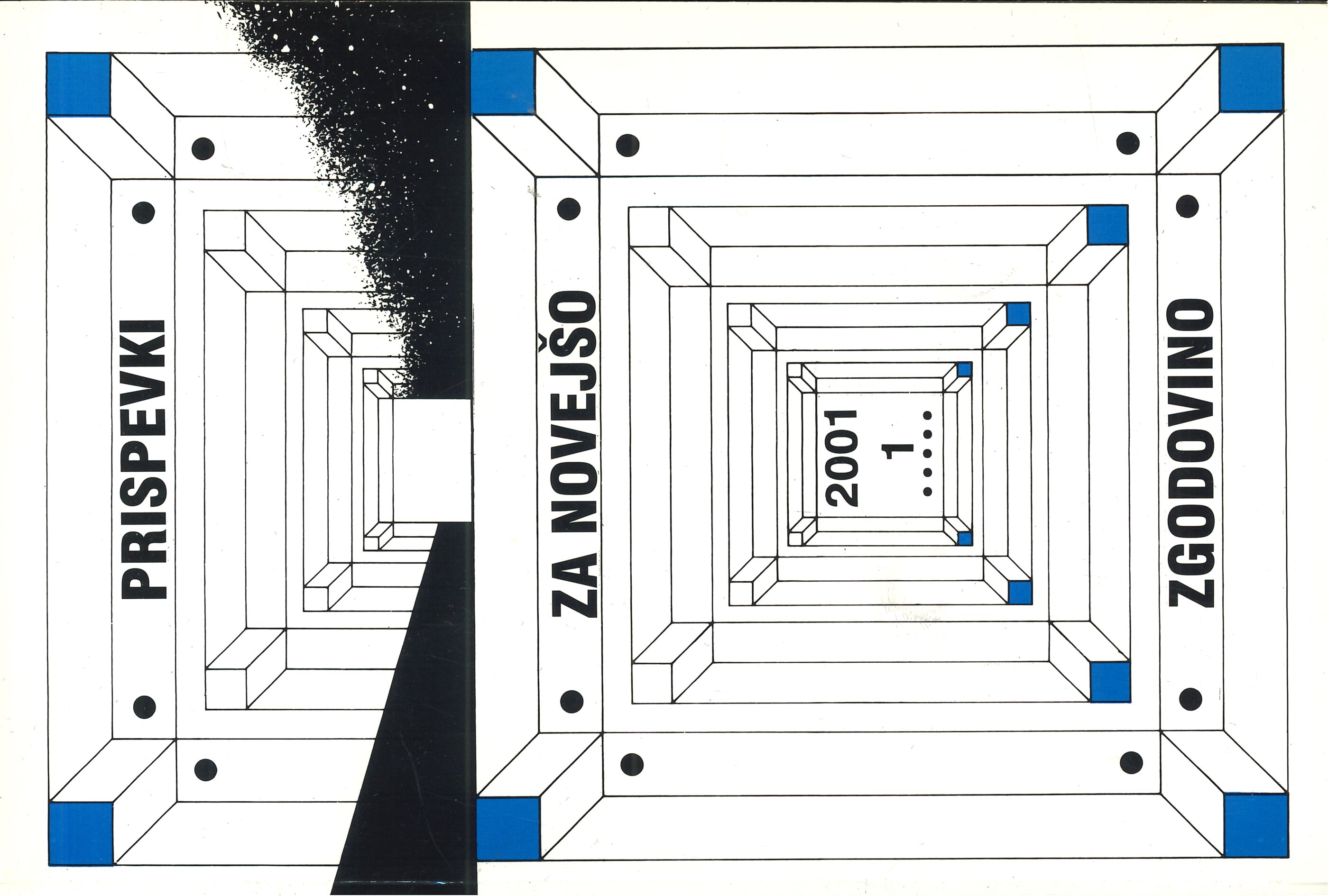Occupation and the National Liberation War in Upper Carniola
Keywords:
Second World War, Slovenia, Gorenjska, Upper Carniola, occupation, resistance movement, National Liberation WarAbstract
On the basis of the archive material, the author deals with the German occupation of north-west Slovenia (the Jesenice region) in 1941 and the popular resistance against it. The occupation, accompanied by forced Germanization and the adjustment of the local administration to the Nazi regime, rendered the resistance and armed partisan struggle of the Slovenian people, organized in the Liberation Front, very difficult. The occupier reinforced its police and military ranks with the aim of securing an undisturbed operation of vital industrial plants and infrastructure, such as the Jesenice Ironworks and the railway lines connecting Carinthia with Ljubljana and Gorizia. It was only in 1943, that the organized resistance and the partisan units struck the balance of power with the occupier's administration and military units. From that time until the end of the war, the resistance gradually limited the occupier's control to the towns, industrial areas and communications. This was also due to the fact that the occupier had failed to gain any significant support among the populace.
Downloads
Published
Issue
Section
License
Authors who publish with this journal agree to the following terms:
- Authors retain copyright and grant the journal right of first publication with the work simultaneously licensed under a Creative Commons Attribution License that allows others to share the work with an acknowledgement of the work's authorship and initial publication in this journal.
- Authors are able to enter into separate, additional contractual arrangements for the non-exclusive distribution of the journal's published version of the work (e.g., post it to an institutional repository or publish it in a book), with an acknowledgement of its initial publication in this journal.
- Authors are permitted and encouraged to post their work online (e.g., in institutional repositories or on their website) prior to and during the submission process, as it can lead to productive exchanges, as well as earlier and greater citation of published work (See The Effect of Open Access).


